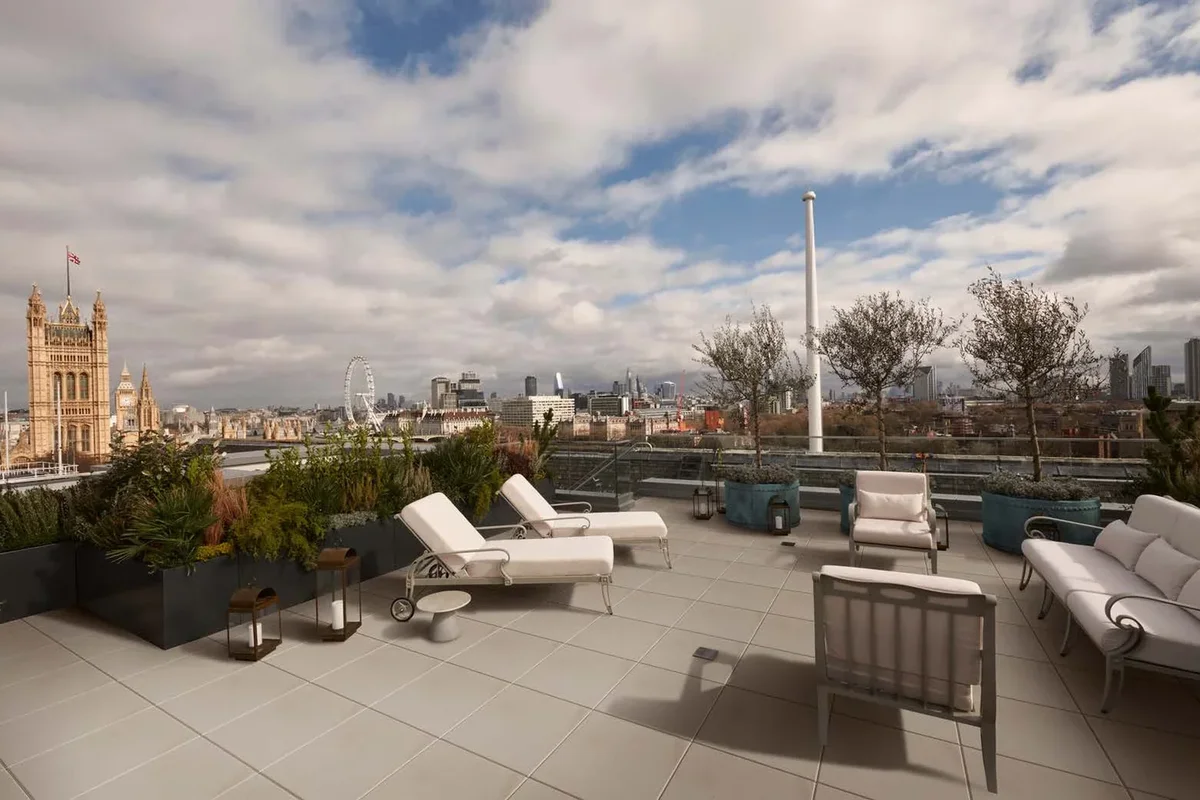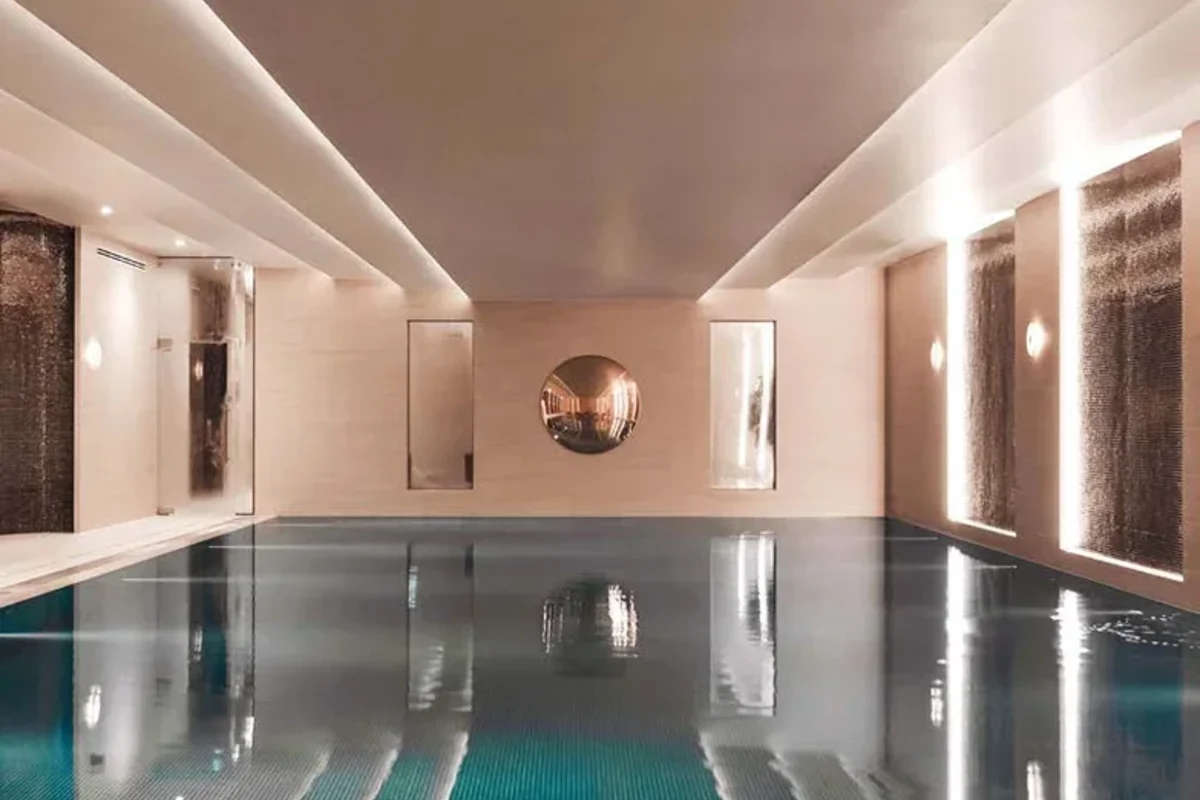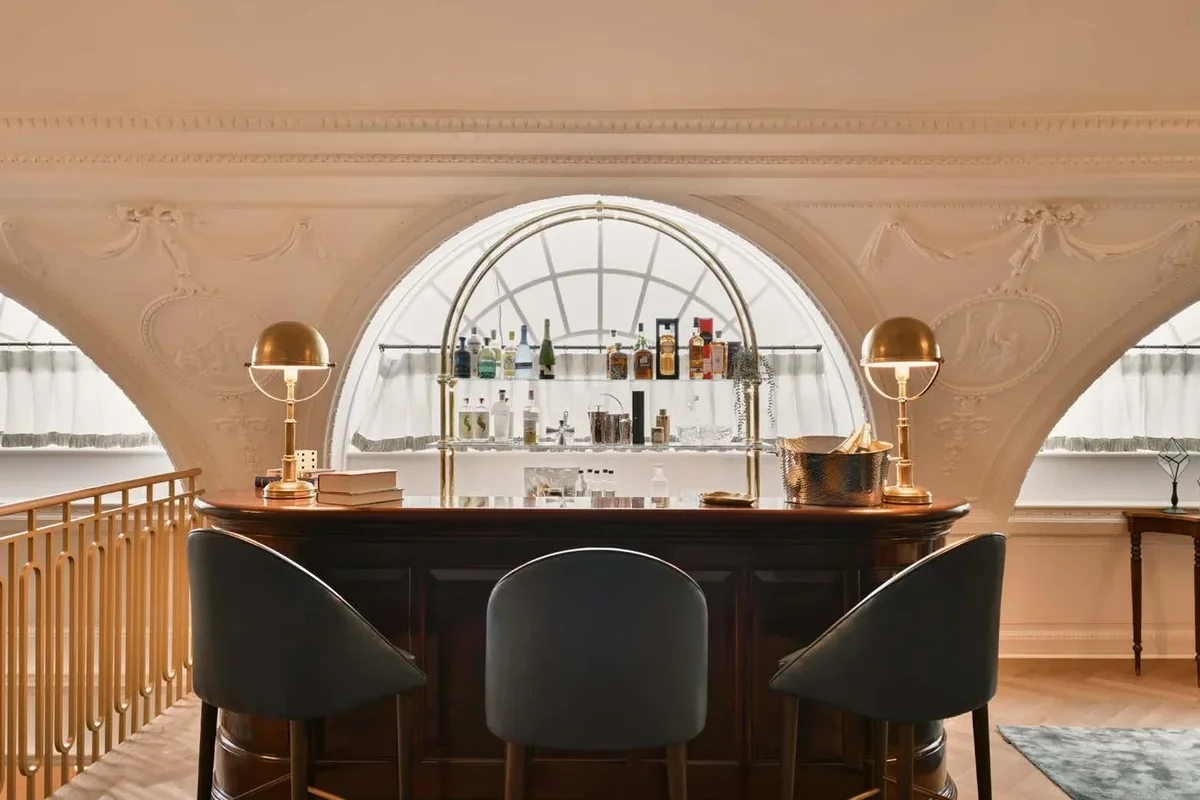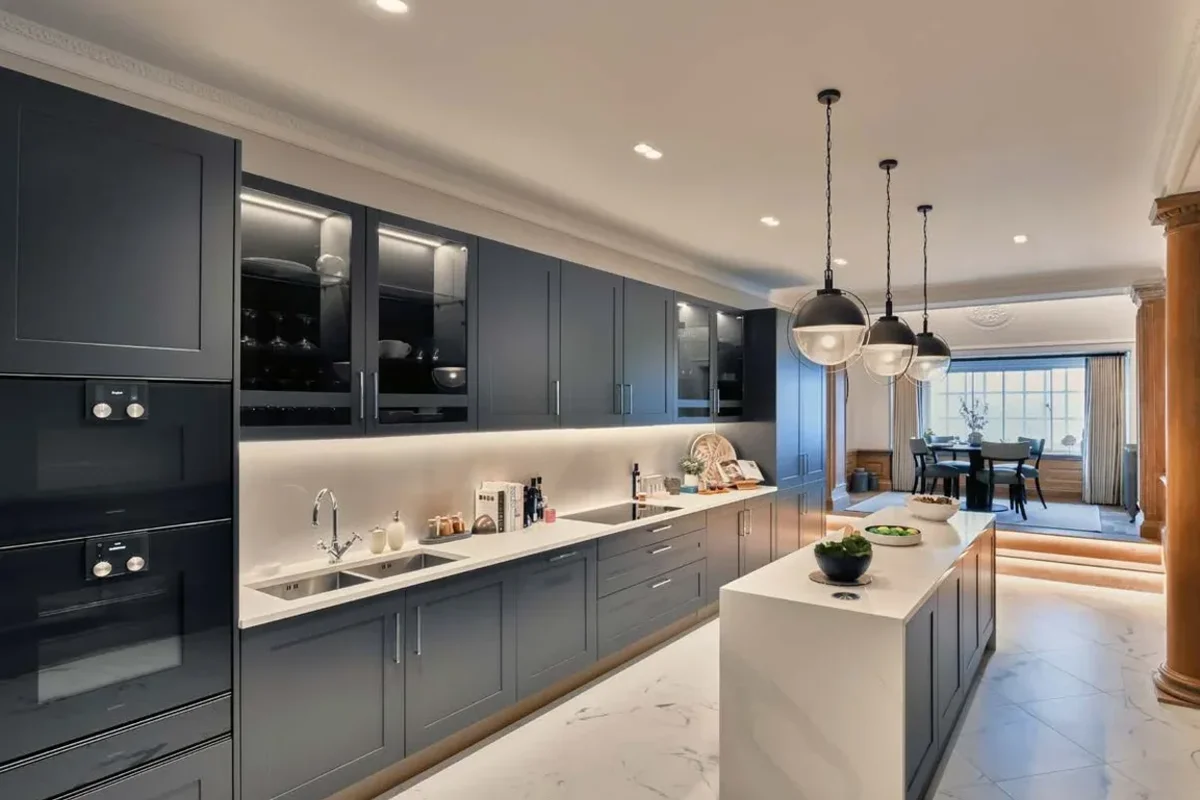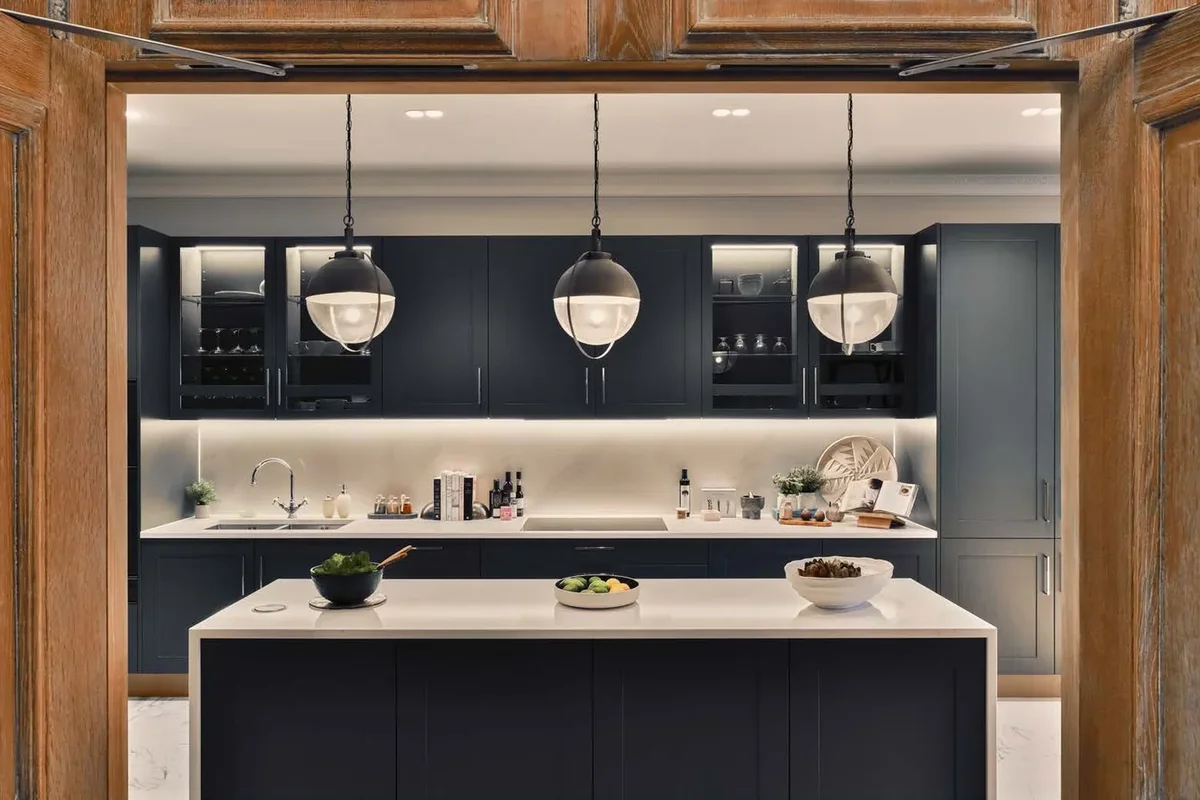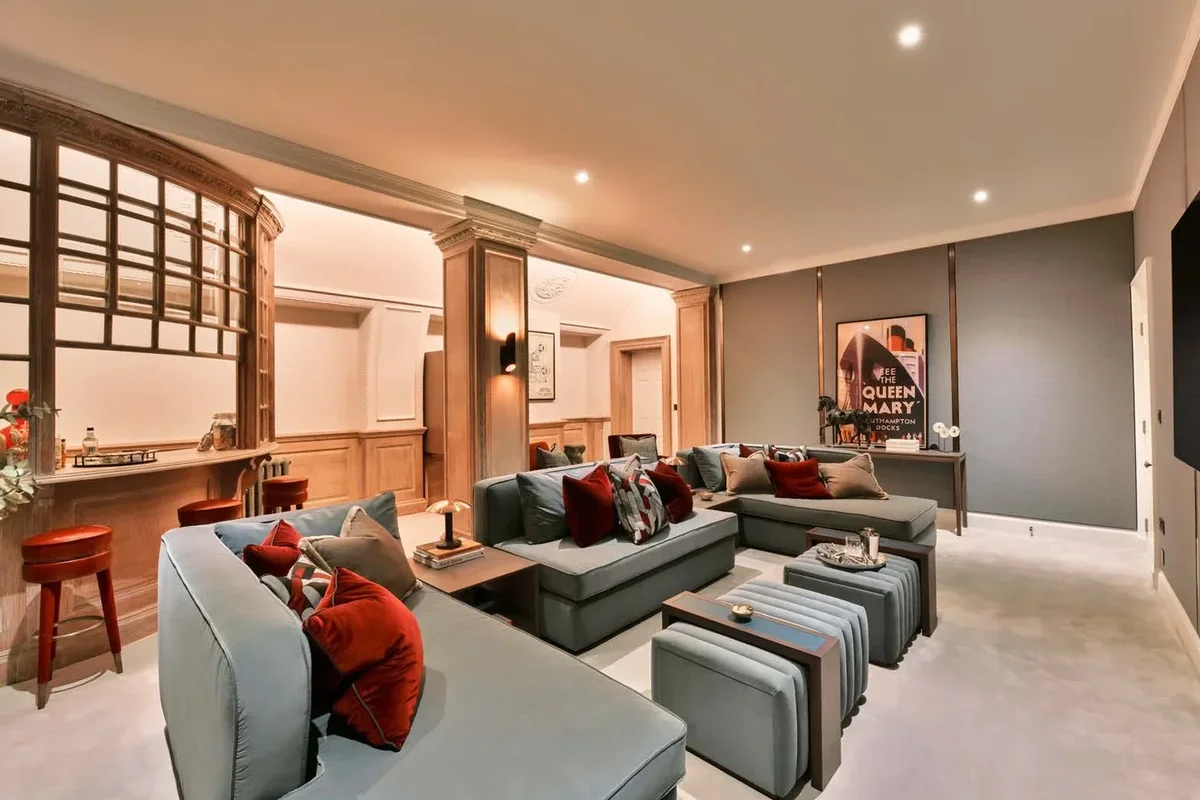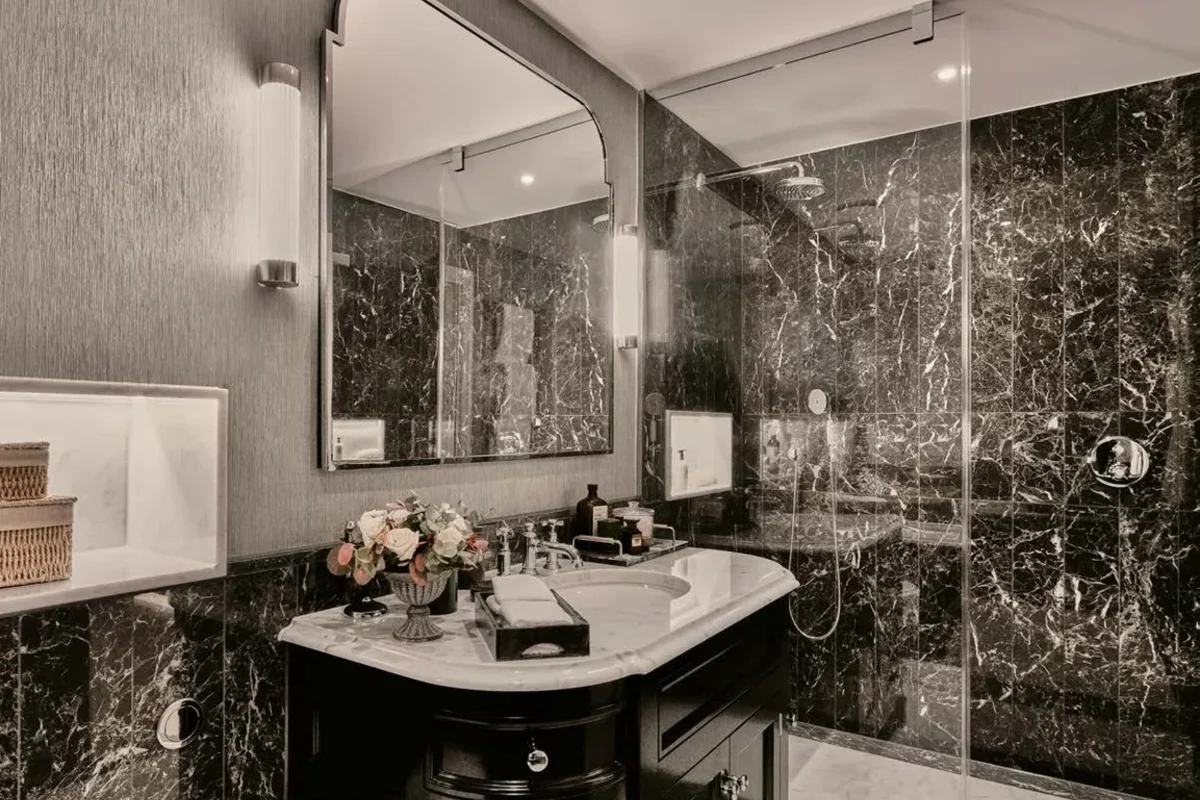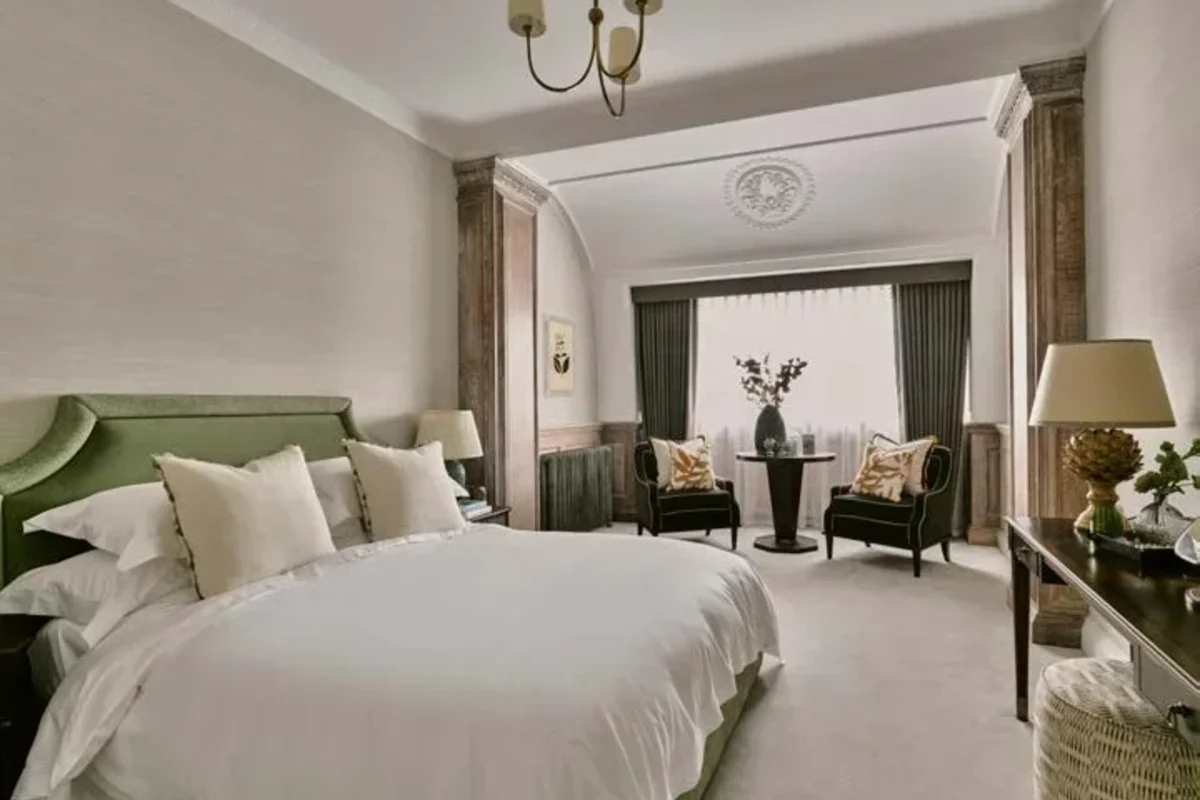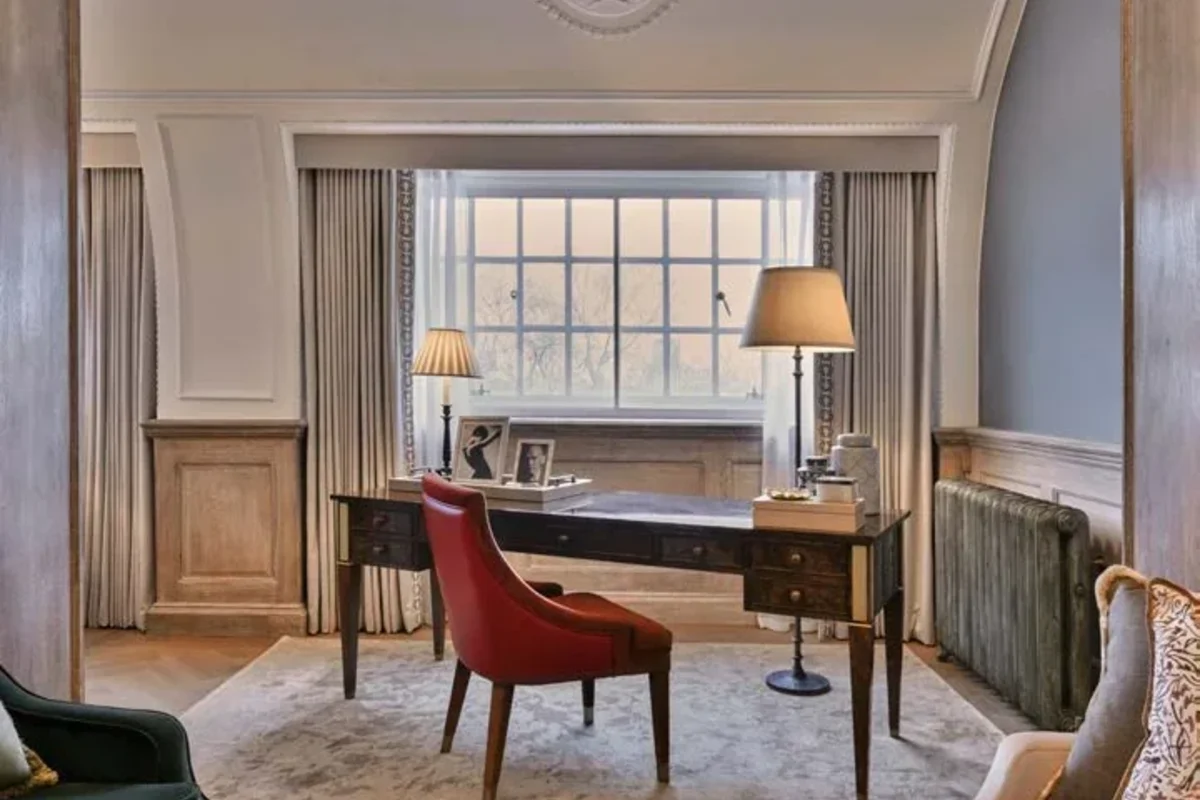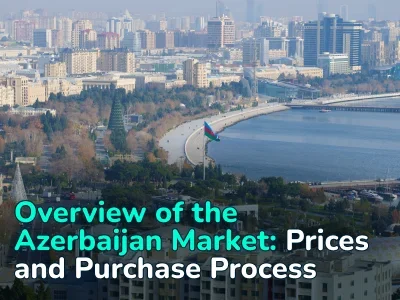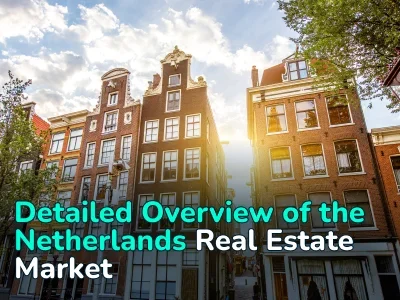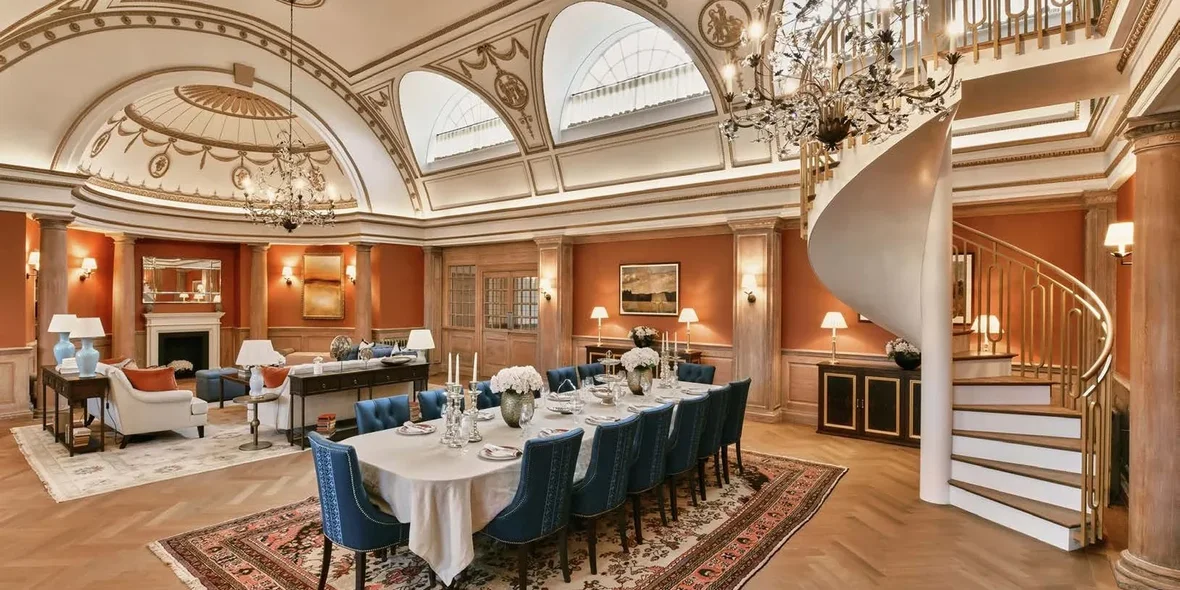
$32 Million for an Apartment in Central London. Let’s Figure Out What is Offered for the Price of an Entire Neighborhood
In Westminster, a four-bedroom apartment spanning 903 square meters is on sale for $32.3 million. For comparison, this amount could buy 200 typical apartments in London or an entire medium-sized industrial enterprise. Let’s explore what the buyer gets for this price and who needs such extraordinary real estate.
What Is This Property and Why Is It So Expensive?
The residence in the City of Westminster, with the postcode SW1P, is not just a large apartment but a veritable palace in a two-story layout. The 903 square meters include four bedrooms, eight bathrooms, a media room, a main and service kitchen, and a rooftop terrace with views of London.
The layout is meticulously designed:
- Lower floor: spacious living and dining area, modern kitchen, three bedrooms with en-suite bathrooms, and a media room.
- Upper floor: mezzanine overlooking the main living room, an additional living area, a games room, another bedroom, and a terrace.
- Three entrances: main, secondary, and service entrance for staff.
The standout feature is its Grade II listed building status, indicating that the building is of «special interest, warranting every effort to preserve it.» In England, 374,081 out of over 400,000 protected buildings hold this status, mostly churches, museums, and public buildings. Private residences with this designation are rare.
About the Location
The City of Westminster is not just a prestigious address but the heart of Britain’s political and cultural life. Big Ben, Westminster Abbey, Buckingham Palace, and Trafalgar Square are all within walking distance.
The district’s real estate market underscores its exclusivity: even one-bedroom apartments start at £630,000 (about $795,000). This makes the residence in question over 40 times more expensive than the entry-level properties in the same area. However, there are additional nuances to consider.
What the Grade II Listed Status Offers and Restricts
The architectural heritage status provides unique opportunities but imposes significant restrictions.
Restrictions for the owner:
- Any changes must be approved by English Heritage.
- Prohibition on altering the facade or key architectural elements.
- Restrictions on reconfiguring historically significant spaces.
- Obligation to use historical materials for repairs.
Advantages of the status:
- Government grants for restoration and maintenance.
- Uniqueness of the property — there are practically no comparable properties on the market.
- Protection from demolition or major district changes.
- Historical value that appreciates over time.
Example of challenges: Debenham House in Holland Park, listed for £29 million in 2006, never found a buyer. Despite its 2,000+ square meters, its stricter Grade I listed status deterred potential owners due to even more stringent restrictions.
Who Buys Such Properties?
The ultra-premium real estate segment targets a very niche audience.
Foreign buyers
According to Knight Frank’s 2024 data, Americans account for 11.6% and Chinese buyers 8.1% of luxury real estate purchases in central London. Foreign buyers remain a significant market force, though their activity fluctuates with economic conditions.
Ultra-wealthy individuals
In 2022, billionaires closed an average of one deal per week in London’s luxury real estate market. For them, such a purchase is a way to diversify assets in a stable jurisdiction.
Family offices and funds
Institutional buyers view historic properties as alternative investments with potential for long-term value growth and inflation protection.
Why Buy?
Properties of this caliber are rarely purchased as ordinary homes. For ultra-wealthy families, this is a primary residence in London — a place for living, hosting guests, and conducting business in Europe’s financial capital. The 903 square meters allow for high-level business meetings, formal receptions, and exclusive social events. Grade II listed properties in central London historically show stable value growth, especially during periods of economic uncertainty.
Investment Assessment: Pros and Risks
Investment advantages:
- Uniqueness of the property — virtually no comparable properties exist on the market.
- Prime central location in London’s most prestigious district.
- Grade II status protects against devaluation and demolition.
- Historically stable luxury London real estate market.
Potential risks:
- Extremely narrow resale market — few buyers for $30+ million properties.
- High maintenance costs for a historic building.
- Restrictions on modifications may deter future buyers.
- Currency risks for international buyers.
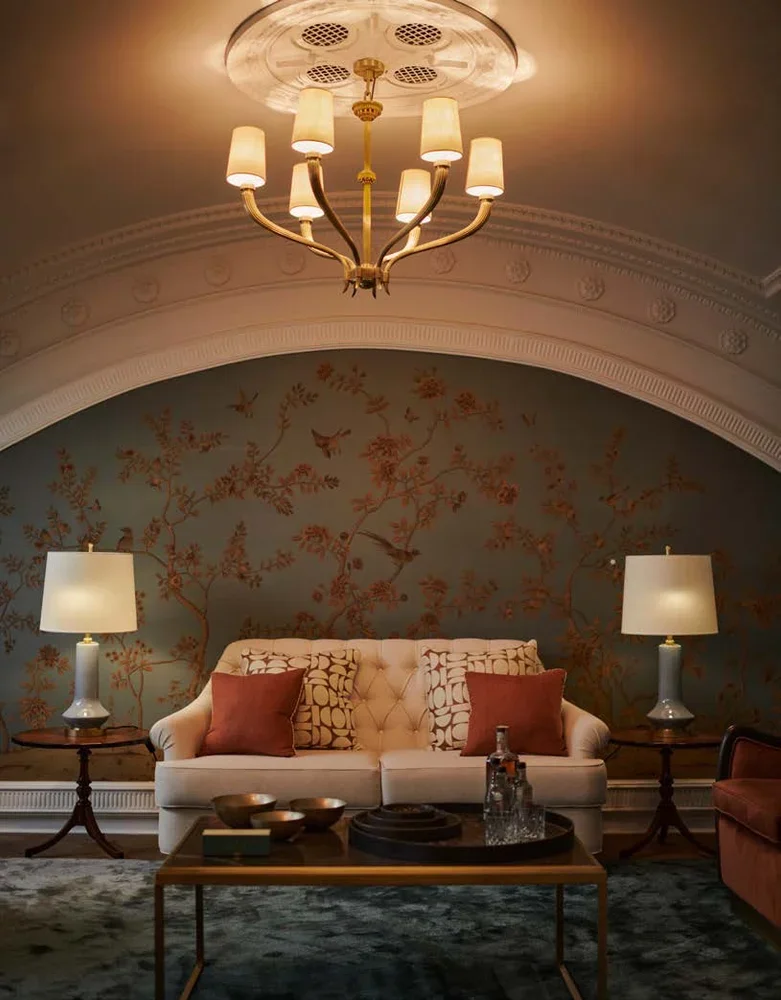
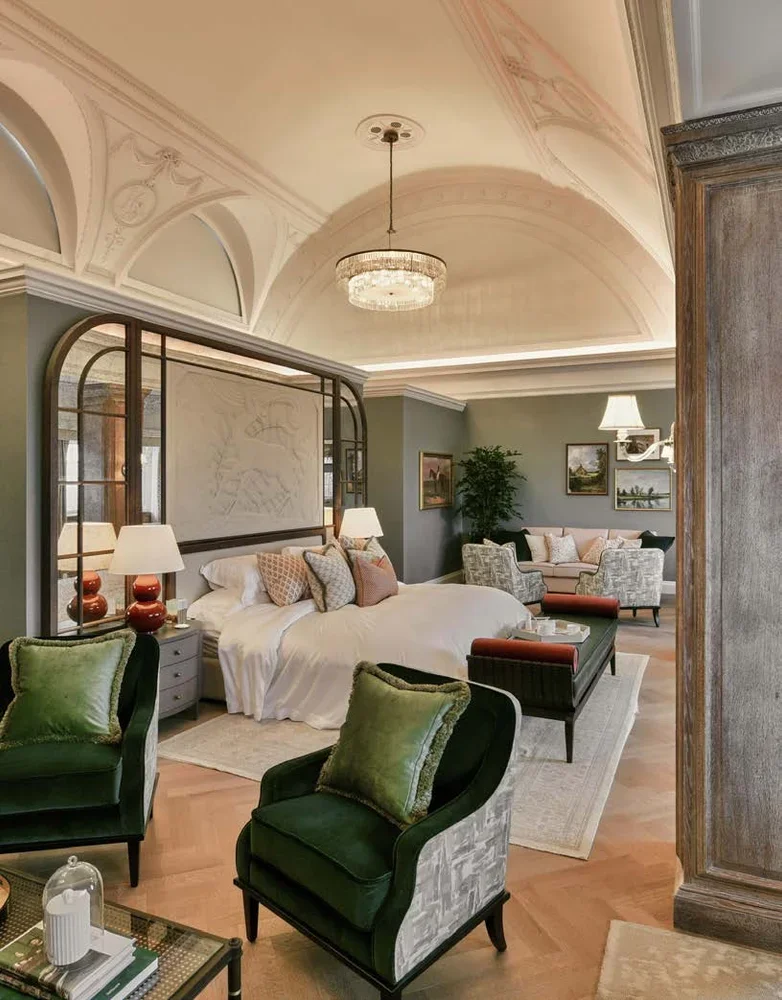
In Summary
The $32.3 million residence is not a purchase for practical people but for those who can afford to own a piece of British history in the heart of the world’s financial center.
This property is suitable for:
- Ultra-wealthy families seeking a prestigious residence in London.
- Investors viewing real estate as a long-term protective asset.
- Collectors of unique assets who value historical significance.
It’s not suitable for:
- Those planning major renovations — the Grade II status prohibits this.
- Investors seeking quick resale or high liquidity.
- Buyers expecting rental income — such properties are typically not rented out.
Ultimately, this is a purchase driven by passion — for those who can afford to own a piece of London simply because it’s beautiful and prestigious.
Author
I am responsible for editorial work. I write expert interviews and guides.









